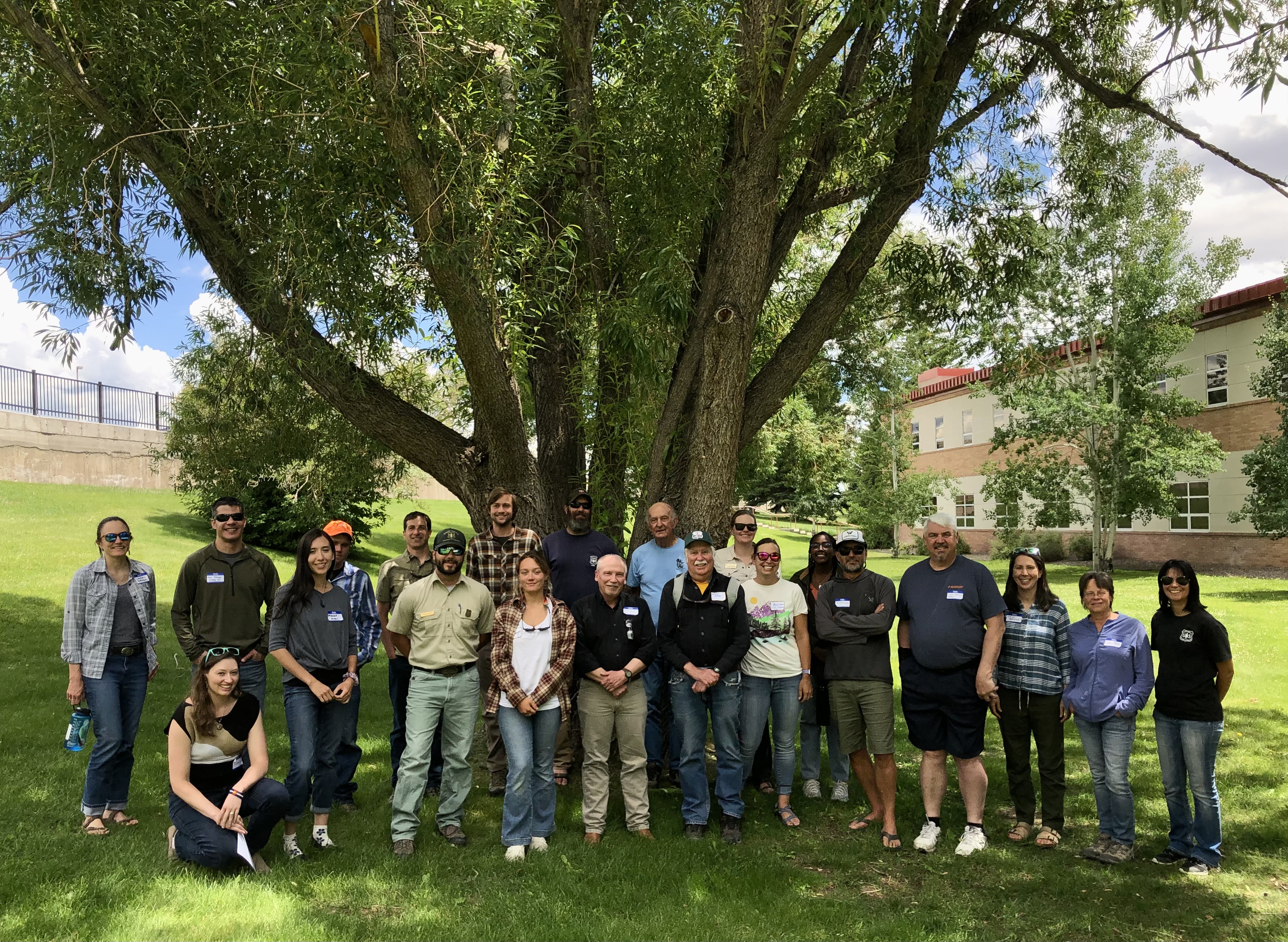
Monitoring:
Monitoring and data collection are essential component of the ASCC study. ASCC incorporates a rigorous experimental design that facilitates high quality scientific assessment of treatment effects, and contrasts between different treatments. Research partners from several institutions are working together to investigate the effectiveness of different silvicultural treatments aimed at promoting ecosystem adaptations. Some of the monitoring items include:
- Effects of forest thinning on tree growth and survival, particularly under future droughts and warming
- Contrasting the growth and survival of seedlings of a range of different tree species as a function of shading, microclimate, and climate variation
- Treatment effects on snow hydrology including canopy interception, snowpack accumulation and retention, soil moisture, and tree sap flux
- Responses of wildlife, insects, and understory vegetation to treatments
Progress & Next Steps:
Formal prescriptions will be developed during the fall of 2022, with any additional NEPA to follow during the winter of 2022-2023. Heritage survey and other needed FS work will take place during summer 2023. Cone picking for seed will be conducted in fall of 2022, 2023, and perhaps beyond. Additional data collection and monitoring plans will be developed during spring 2023. Pre-treatment sampling completed by the end of summer 2023. The sale will be offered in the fall of 2023, roadwork conducted summer 2024, winter logging in December 2024 and January 2025; contract clean-up and release by spring 2025. Seedlings ordered by the fall of 2025. Site preparation will take place in 2026; planting is planned for summer 2026; possibly 2027. Post-treatment sampling is planned for summer of 2025.


